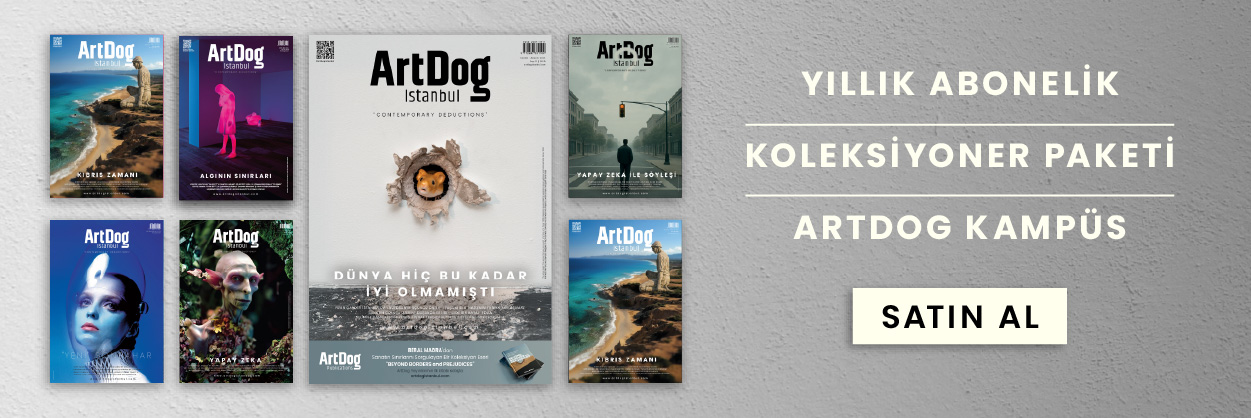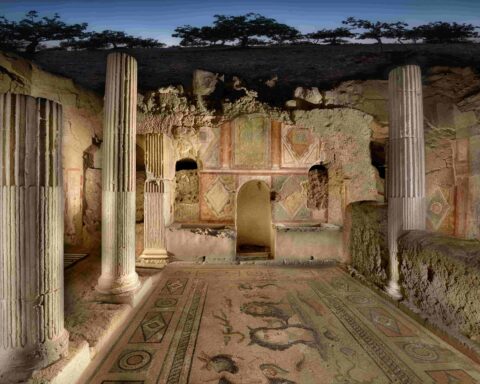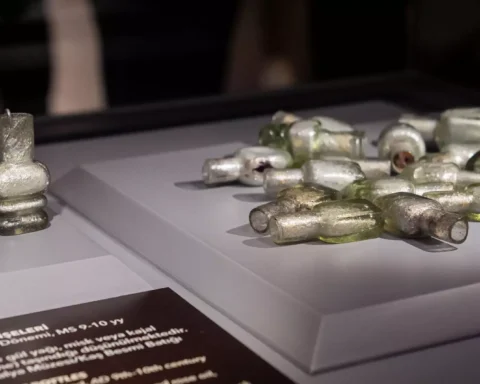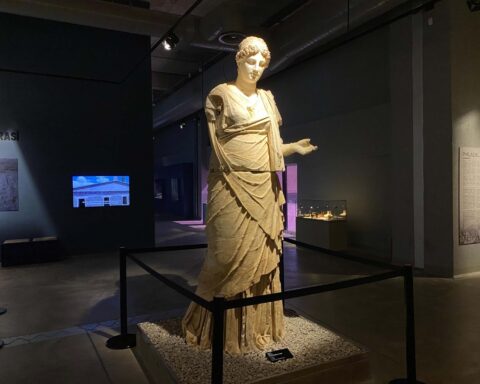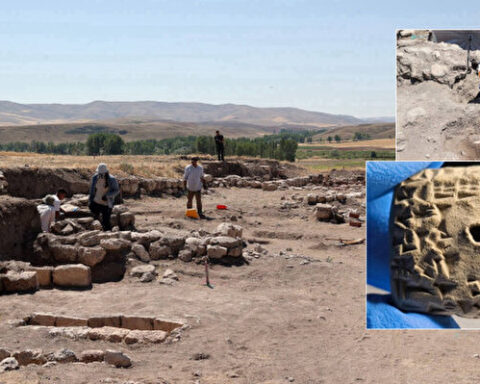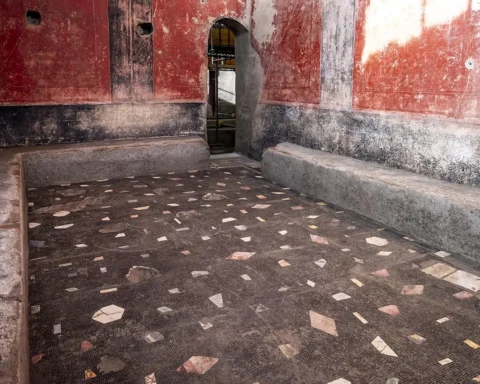Archaeologists have recently made some groundbreaking discoveries in the Stone Hills (Taş Tepeler) that will leave an indelible mark on human history. Firstly, they unearthed the first-ever painted Neolithic statue from Göbeklitepe. Secondly, they discovered a 2.3-meter human statue located in Karahantepe.
Following extensive investigations conducted in the United States, bronze and marble artifacts looted in the 1960s from the ancient city of Bubon in Burdur have been returned to Türkiye.
One of the best-preserved Roman houses in Zeugma, the House of the Muses, now has a protective structure designed to prevent damage to its mosaics and provide visitors with an improved touring experience.
Bolu’s Gladiator Tomb Monument opens to the public for the first time.
As part of a project by the Culture and Tourism Ministry, excavations at Mendik Tepe, believed to be older than Göbeklitepe and Karahantepe, are bringing to light remains from the Neolithic era.
A recent underwater excavation off the coast of Kaş, in Antalya’s turquoise waters, has brought to light a collection of delicate glass perfume bottles, dating back around a thousand years
Archaeologists working in the ancient city of Laodicea in southwestern Türkiye have uncovered a 2,000-year-old assembly hall believed to have served as the political and administrative heart of the city during Roman times.
A rare statue of the goddess Hestia, revered in antiquity as the protector of homes and cities, has been unveiled to the public for the first time at the newly opened Manisa Museum in Türkiye.
A rare Hittite-era tablet featuring ancient bird divination practices has been uncovered during ongoing excavations at Kayalıpınar, the site of the ancient city of Samuha, located in the Yıldızeli district of Sivas province.
The 610 A.D. earthquake devastated the city and led to the library’s abandonment, Söğüt explained.
The 2025 archaeological excavation season has officially commenced at Blaundos, an ancient city located in the Ulubey district of western Türkiye’s Uşak province. Perched dramatically on a high plateau surrounded by deep valleys, Blaundos dates back to the Hellenistic era and saw
DNA evidence reveals Europe’s first matrilineal society, rewriting the history of women’s roles in ancient Celtic culture.
Excavations in the ancient city of Pompeii, which was wiped off the map nearly 2,000 years ago by the eruption of Mount Vesuvius, have uncovered a thermal bath large enough to accommodate 30 people.

